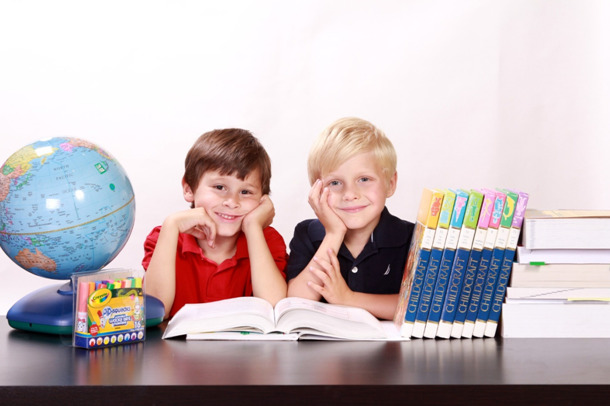One of the most important parts of being a parent is ensuring your child gets the best education possible to prepare them for the challenges of the adult world. This means at some point you will come to the crossroads about whether to send your child to public or private school.
However, if you go into this choice with minimal info, you risk making an uninformed choice that will shape your child’s future. So what can you do?
Well, we’re glad you asked. It’s time to take a look at the difference between public and private school. Let’s get the obvious out of the way first…
The Main Difference Between Public and Private School
Cost is the main difference between public and private schools. Public school is “free” for anyone to enter, getting its funding through a combination of state and local taxes paid by everyday citizens.
Private school, on the other hand, requires every student to pay tuition in order to keep the lights on. In certain cases, private schools also take donations from alumni or parents to allow themselves bigger budgets. The cost of private school tuition varies by school and gets influenced by location and the status of the school.
Side Effects of Tuition
The existence of tuition fees within private schools also creates a shift in the social makeup of the student body. While public schools accept every student regardless of background, private schools have the ability to select which students go into their school. Due to this “target audience”, private schools tend to have a more homogenized student body than their public counterparts.
Private schools also tend to focus less on accommodations for students with special needs as a result. Public schools are mandated by law to have some form of program for students with special needs. They often have an entire subsection of staff (paraprofessionals) dedicated to this work.
Relying on tuition instead of tax dollars also frees private schools from the regulations placed on public schools. For example, private schools can focus on religion and practice things like prayer or adherence to a specific set of beliefs. https://thechristschool.org/ offers a robust Christian educational experience for Kindergarten to 8th gradeSome private schools even mandate the practice of a set religion to get through the doors.
There’s also a difference in how each school approaches teachers as a result. Legal regulations mandate that every teacher at a public school requires certification (or needs to be in the process of obtaining it). Private schools need no such regulation, instead hiring teachers as they see fit.
That’s not to say private schools let anyone teach. Many teachers at these schools hold high accreditation from universities and years of experience in their field. However, the possibility does exist that private schools can hire teachers for whatever reason they choose.
Learning Environment Differences
Another big difference between public and private schools stems from their average class size. Private schools tend to keep their classes at around a 15-student capacity. Public schools will hold 30+ in a single class.
This allows private school teachers to deliver more focused attention to certain students, as they don’t have to juggle a whole bunch at once.
This also means that teachers can work to deliver work on a higher academic level. This is because they don’t have to worry about grading as many assignments.
For example, high school seniors might work on college-length essays. Public school students at the same level still max out at around the 5-page range for essays.
It’s also worth noting that private schools tend to tailor their curriculum a lot more towards preparing students for further education than public schools do. This isn’t to say that public schools don’t have a wide number of tools to get students prepared for post-high school life. But, they tend to lack the amount or depth of those offered by private schools.
Private schools will also tend to lean towards a certain subject that their school excels in, like science or math. They have the funding to then dump tons of money towards furthering these programs. This leads to top-notch classes and activities designed to give your student the best education possible.
Other differences in private school curriculums include more flexibility than those in public schools. They also have special add-ons like a character education curriculum to enrich the student in more than one form of education.
This also means private schools can invest in extracurricular activities or bonus classes that public schools could not afford. Examples include filmmaking or television production. Students will also tend to get more individual attention in these extracurriculars.
Discipline and Strictness
Private and public schools are often quite similar in how they approach disciplinary issues. That said, the lengths to which they can go vary to a great degree.
For example, it takes an incredibly severe offense for public schools to expel a student. This is because the law indicates they take almost anyone who comes through their doors.
Private schools, on the other hand, can kick a student out for even the slightest infraction if they deem it fit to do so. While this means actions like bullying will get cut off at the source. But, it also means children could face harsh consequences for more innocuous violations like not following the dress code.
Finally, it’s also worth noting that private schools tend to have stricter guidelines around what students can wear and do while in school. This often results in a school uniform.
That said, public schools have started trending more towards school uniforms in recent years. Overall, though, they still tend to be looser when it comes to these sorts of things.
The Landscape of Education
And there you have it! Now that you know all about the difference between public and private schools, you’re ready to make an informed decision about which school is the best fit for your child. And if you want to learn more about the latest developments in education, make sure to check out the rest of the articles on our blog!


















